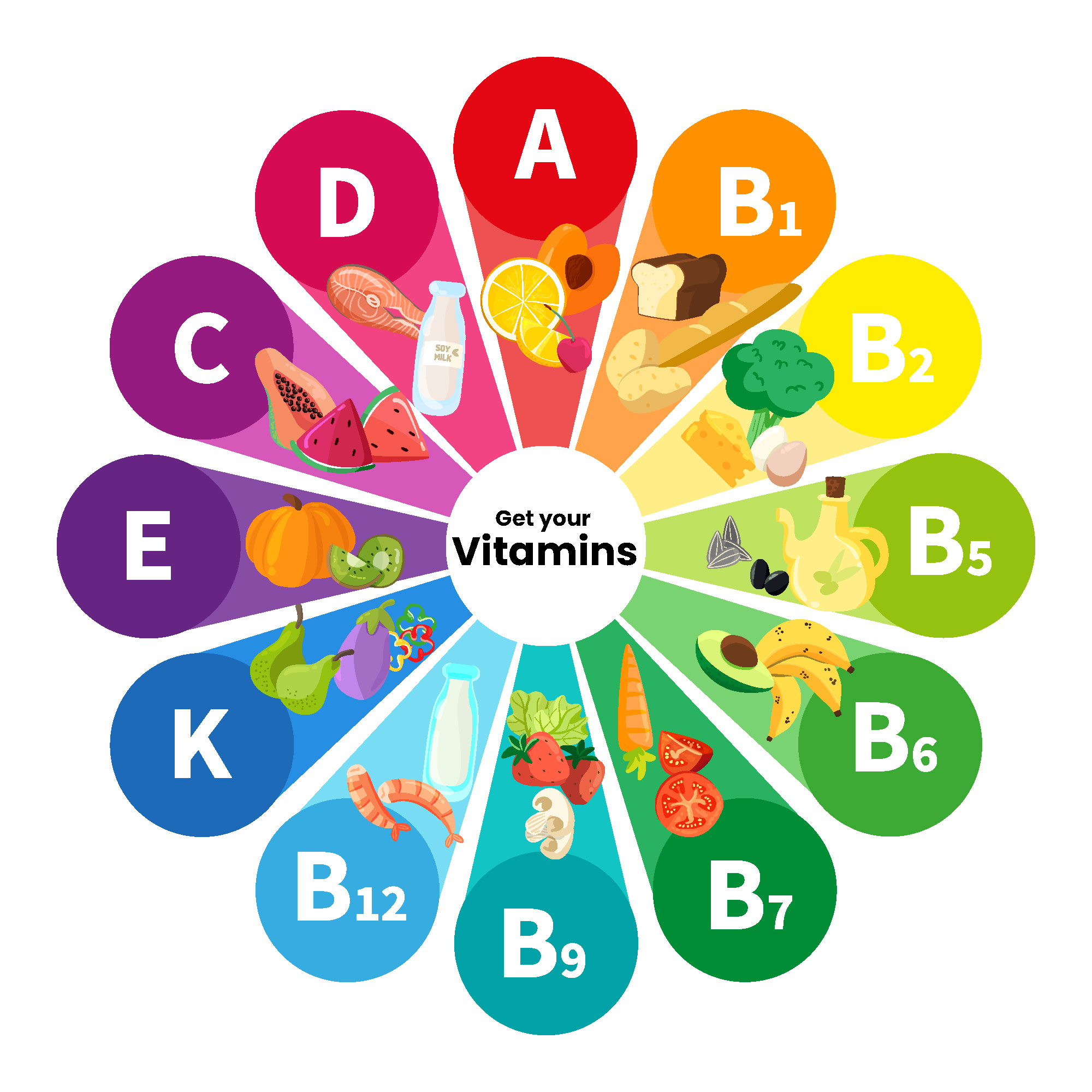Do you eat seeds on a daily basis? A small portion already provides vitamins, minerals, fiber, amino acids and antioxidant components that are beneficial for the body.
The recommendation is to consume around 10g a day, which is equivalent to a tablespoon, as they are considered caloric and, in excess, contribute to weight gain.
Seeds are very versatile and can be used in different meals and recipes.
They are usually crushed or ground and sprinkled on yogurt, salads and fruit. But they can also be added to juices, smoothies, jellies, soups, omelettes and cakes.
Here are the benefits of seven seeds and whether there are any contraindications.
Content
Toggle1. Amaranth
A source of vegetable protein, amaranth is considered a pseudocereal.
It has antioxidant properties that help with digestive, metabolic and cardiovascular functions.
Regular consumption helps maintain lean mass, strengthens bones, controls “bad” cholesterol (LDL) and reduces constipation.
How to eat it: cooked or raw, in savory and sweet preparations. It is also used as a substitute for rice and other starchy carbohydrates such as oats.
One tablespoonful of raw amaranth contains: 91 kcal, 3.3 g of protein, 16 g of carbohydrates, 62 mg of magnesium, 39.8 mg of calcium, 1.6 g of fiber and 127 mg of potassium.
2. Chia
Known as a slimming ally, chia has a good amount of fiber. It increases the feeling of satiety and regulates intestinal function.
t also helps control blood glucose and makes the body recover more quickly after workouts.
How to consume: chia should be hydrated so that it doesn’t “sequester” liquid in the intestinal lumen, causing constipation.As it has a neutral taste, it can be used as an ingredient in sweet and savory recipes and also eaten fresh, sprinkled on salads or yogurt.
One tablespoon of dried chia (without hydration) contains: around 44 kcal, 4.2 g of carbohydrates, 1.6 g of protein, 3.4 g of fiber, 6.3 mg of calcium, 3.3 mg of magnesium, 8.6 mg of phosphorus and 4 mg of potassium.
3. Sesame
Sesame can be found in white, yellow, red, brown and black, depending on the concentration of certain phytonutrients.
Their nutritional properties are similar. It stands out for having minerals, proteins and phytosterols, which help prevent various diseases.
How to consume: natural or roasted. When used in drinks, such as juices and shakes, it should ideally be mashed or beaten before preparation.
One tablespoon of raw sesame contains: 90 kcal, 3.2 g of carbohydrates, 3.1 g of protein, 1.7 g of fiber, 123 mg of calcium, 54 mg of magnesium, 111 mg of phosphorus and 81.9 mg of potassium.
4. Quinoa
Found in different colors (white, black or red), cooked quinoa has a light, nutty taste.
It is full of nutrients, antioxidants and amino acids that are considered essential for body function and disease prevention.
How to eat it: in cereal, with milk, yogurt and vitamins. The flour can be used in juices, cakes, breads and pies.It is not recommended to eat it raw to avoid gastrointestinal discomfort.
It should also be washed and soaked for a few minutes in hot water.
One tablespoonful of raw quinoa contains: 88 kcal, 16 g of carbohydrates, 1.7 g of fiber and 3.5 g of protein.
5. Flaxseed
A source of fiber and omega-3, flaxseed is known for contributing to heart and brain health.
Regular consumption helps with bowel function, reduces “bad” cholesterol in the blood, controls blood pressure and increases satiety.
How to consume it: Ideally, it should be eaten freshly ground or in the form of flour to make the most of its nutrients.
One dessert spoon contains: 45 kcal, 4.3 g of carbohydrates, 1.4 g of protein, 3.3 g of fiber, 21 mg of calcium, 34.7 mg of magnesium, 61 mg of phosphorus and 86.9 mg of potassium.
6. Pumpkin seeds
Very nutritious, pumpkin seeds are linked to improved fertility, heart health, intestinal function and blood sugar control. It contains antioxidants and vitamins.
How to consume: the seed should have its inner shell opened or removed before consumption. The inner part can be eaten pure, crushed or whole.
Ideally, it should be roasted to avoid the risk of releasing substances that are harmful to the body.
One tablespoon of roasted pumpkin seeds contains: 64 kcal, 8 g of carbohydrates, 2.7 g of protein, 2.4 g of fiber, 0.5 mg of iron, 39.2 mg of magnesium, 13.8 mg of phosphorus, 137 mg of potassium and 1.5 mg of zinc.
7. Sunflower seed
Sunflower seeds stand out for their vitamins and antioxidants.
How to eat them: unshelled, to avoid the risk of them sticking to the intestine and causing damage.
Because it contains a metal called cadmium, it is important to eat it in moderation to avoid contamination.
One tablespoon of sunflower seeds contains: 95 kcal, 3 g of carbohydrates, 2.5 g of protein, 1.7 g of fiber, 8.5 mg of calcium, 1 mg of iron, 19 mg of magnesium, 173 mg of phosphorus and 73 mg of potassium.
Contraindications
Most of the time, the consumption of seeds is considered safe. However, people with inflammatory bowel diseases should consume them in moderation due to the risk of abdominal discomfort.
In excess, people may experience gastrointestinal symptoms such as diarrhea, gas and abdominal pain.
It’s quite rare, but seeds can cause an allergic reaction in those who are sensitive to grains.
Which seeds cannot be eaten?
Some seeds can be toxic to the body, especially if they are consumed in excessive quantities as a single food. Therefore, accidentally eating one or the other won’t do any harm.
Among the seeds that should not be included in the diet are:
Apple and pear seeds.
They contain a substance called amygdalin, which when consumed releases cyanide, considered toxic to the body.
Unpleasant symptoms can occur, such as headaches, mental confusion, vomiting and, in rare cases, death.



